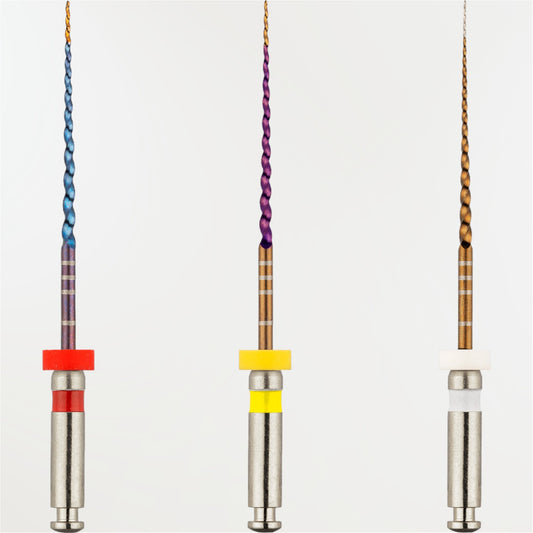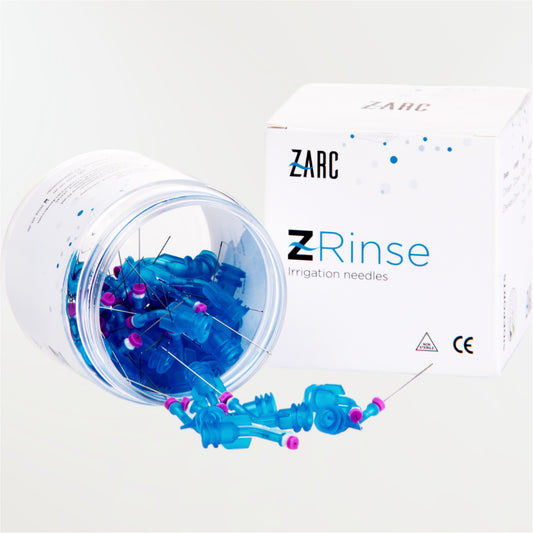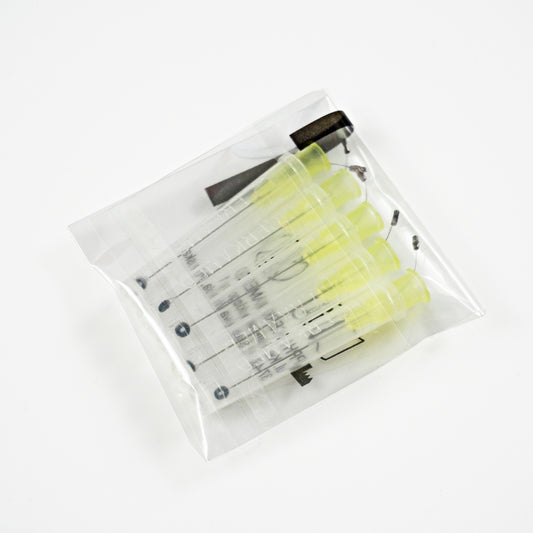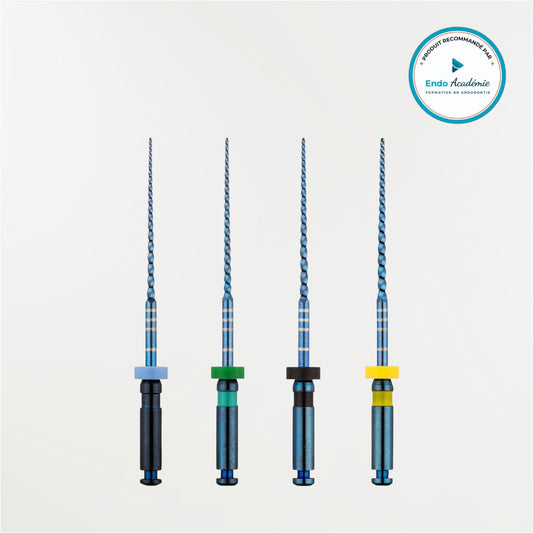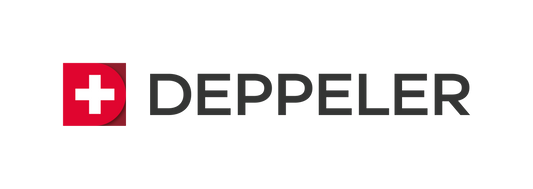By Dr. Roeland De Moor, Conference summarized by EndoBoutik
In the modern endodontic landscape, the activation of irrigation solutions represents a major challenge for the effective cleaning and disinfection of complex root canal systems. During his lecture, Professor Roeland De Moor, a pioneer in the field, shared his expertise on laser-activated irrigation, with a particular focus on PIPS (Photon-Induced Photoacoustic Streaming) and SWEEPS (Shock Wave Enhanced Emission Photoacoustic Streaming) techniques.
Laser in the pulp chamber, not in the canals
The revolution initiated by De Moor is based on a paradigm shift: unlike traditional techniques using vibrating instruments in the canals (ultrasound, Sonic, Eddy), modern laser activation is performed by leaving the fiber in the pulp chamber, without ever entering the canals. This approach minimizes the risk of perforation while maximizing fluid dynamics.
Understanding Photoacoustic Cavitation
The principle is based on the absorption of the laser beam (in particular erbium: Er:YAG or Er,Cr:YSGG) by the irrigation solution, resulting in instant vaporization and the formation of cavitation bubbles. These bubbles expand and then implode violently, generating shock waves and three-dimensional streaming capable of reaching the most complex areas such as isthmuses, crevices or dentin tubules.
There are two types of cavitation:
- Stable (classic air bubble, not very effective),
- Inertial (implosion of vapor bubbles, highly efficient).
PIPS: a first technological leap
With PIPS, the approach consists of delivering a single, ultra-short (50 µs), low-energy pulse, allowing efficient activation while limiting thermal effects. The induced flow is powerful enough to clean all the way to the apex, even in the presence of severe curvatures.
SWEEPS: towards amplified fluid dynamics
The major innovation lies in the SWEEPS technique, which relies on a double sequential pulse (2 x 25 µs). The second pulse is meticulously synchronized with the implosion of the first bubble to accentuate fluid movement and propel the microbubbles deeper into the canal network. The result: increased efficiency, fewer cycles required, and faster disinfection.
Effectiveness validated by science
The comparative data are unequivocal:
- Better removal of biofilm and canal debris than ultrasound,
- Deeper penetration into the dentin tubules,
- Superior bacterial reduction, including in mature biofilms,
- Can be used with reduced NaOCl concentrations (≤ 2.5%) while maintaining high efficiency, thus limiting the risk of irrigation accidents.
Clinical considerations: protocol and safety
Laser activation requires a four-walled cavity, a good irrigant reservoir, optimal insulation (dike + opal dam), and an alternation between activation phase (20–30 s) and rest phase (20–30 s), the latter favoring the prolonged reactivity of NaOCl.
Conclusion
With SWEEPS, endodontics enters an era where fluid physics becomes a true therapeutic ally. This activation system, based on laser-induced cavitation, redefines cleaning and disinfection standards while improving the safety and simplicity of the clinical protocol.
5 points to remember
1. Laser activation is done without entering the channels
The laser fiber remains in the pulp chamber, avoiding any direct contact with the canal walls. This limits mechanical risks (perforations, fractures) while ensuring three-dimensional activation of the irrigating liquid.
2. Cavitation is the heart of efficiency
Er:YAG and Er,Cr:YSGG lasers generate cavitation bubbles in the solution (not just air bubbles). These bubbles implode, producing powerful shock waves capable of reaching inaccessible anatomical areas and destroying resistant biofilms.
3. SWEEPS > PIPS > Ultrasound
- PIPS (1 short pulse) already significantly improves cleaning compared to ultrasound,
- SWEEPS (2 sequential pulses) goes even further with deeper bubble propulsion and faster disinfection,
- All comparative studies show a consistent superiority of the laser over conventional methods.
4. The laser increases the reactivity of NaOCl
Laser activation amplifies the chemical capacity of NaOCl, allowing effective disinfection even at low concentrations (0.5 to 2.5%). This reduces the risks associated with using overly concentrated solutions.
5. Deep disinfection, even in the dentin tubules
Laser activation allows NaOCl to penetrate to the bottom of the tubules, with a bacterial reduction superior to that achieved by ultrasound. Even in complex anatomical configurations (isthmuses, curvatures > 40°), the laser remains effective and safe.

